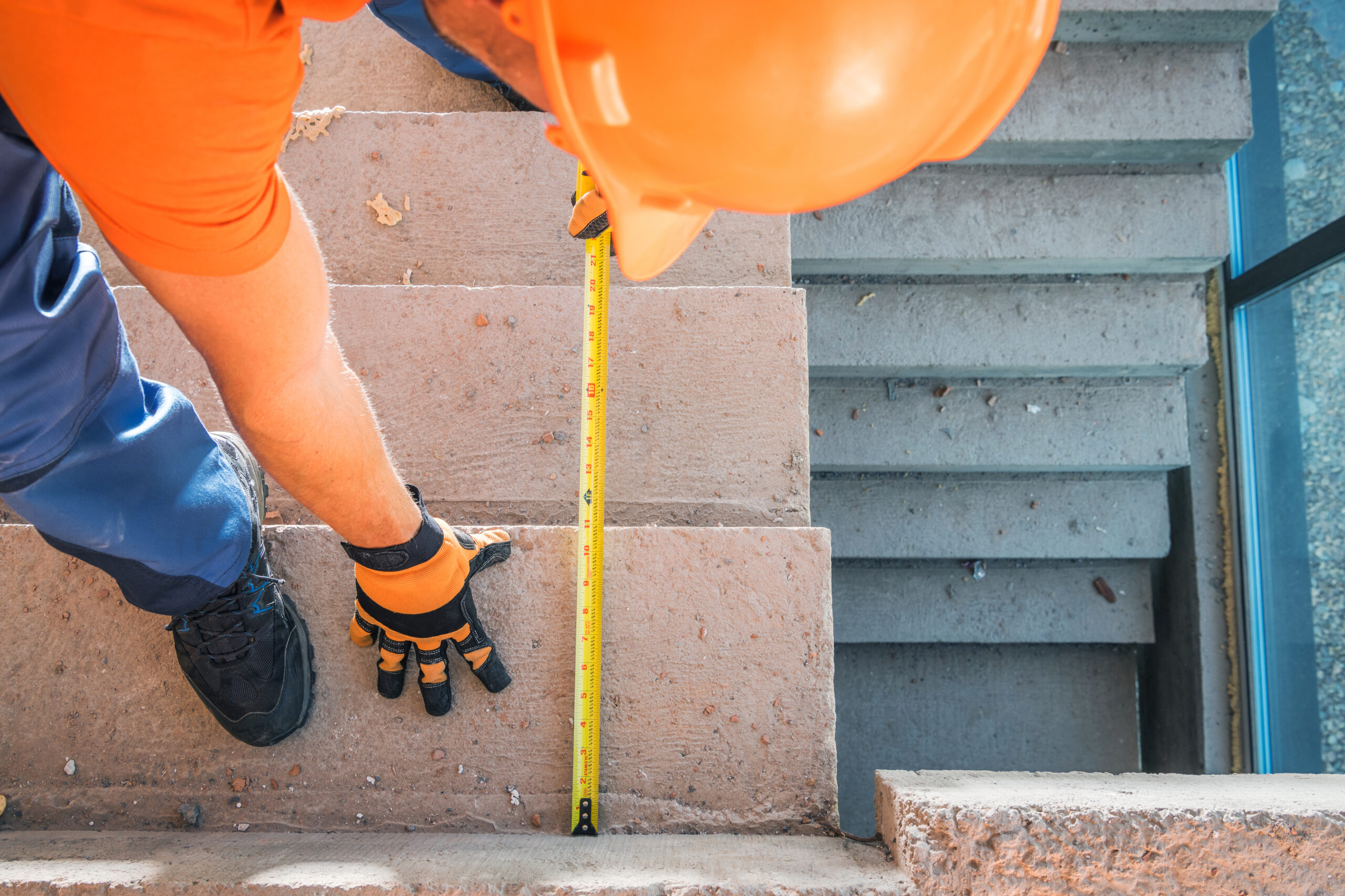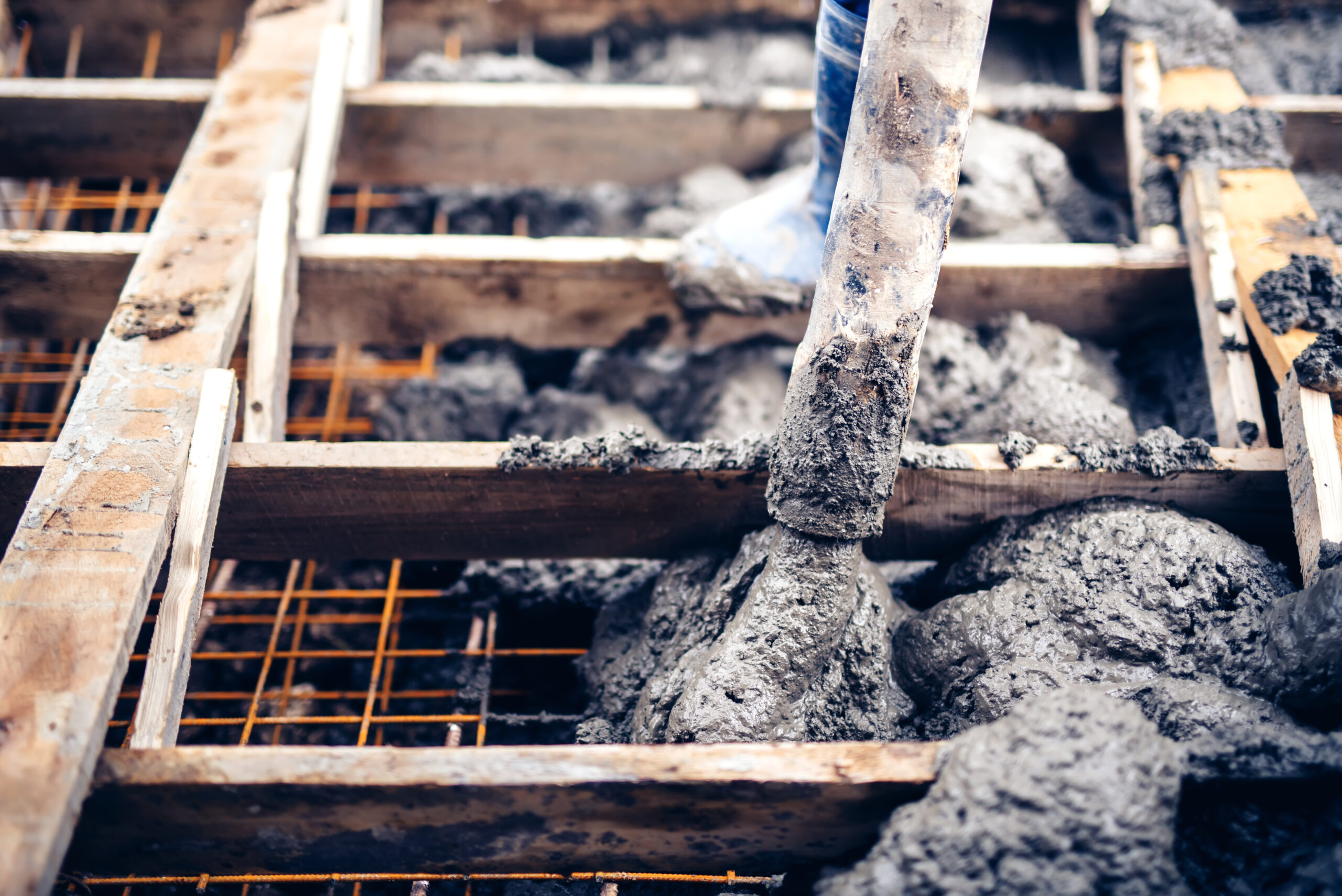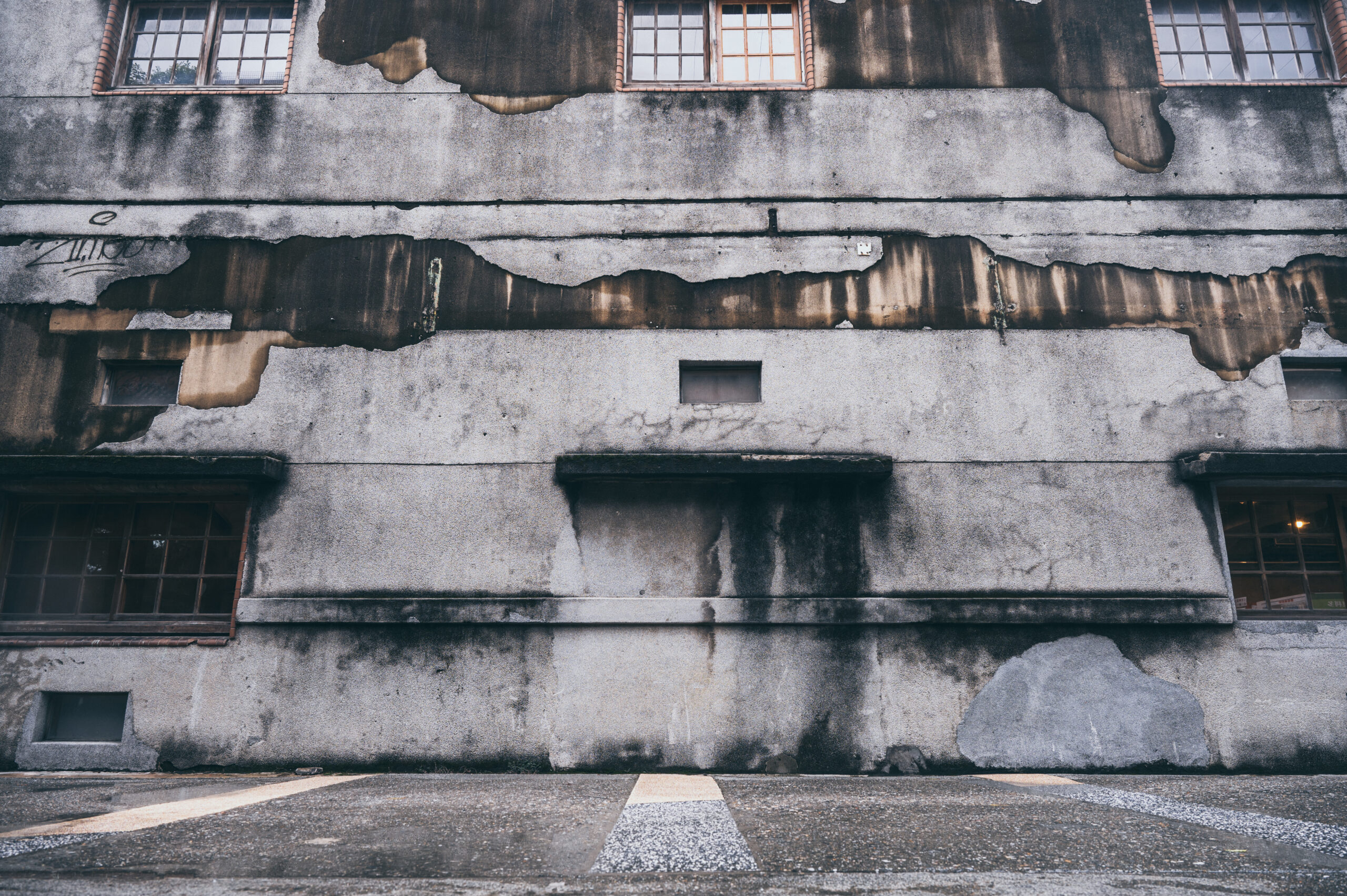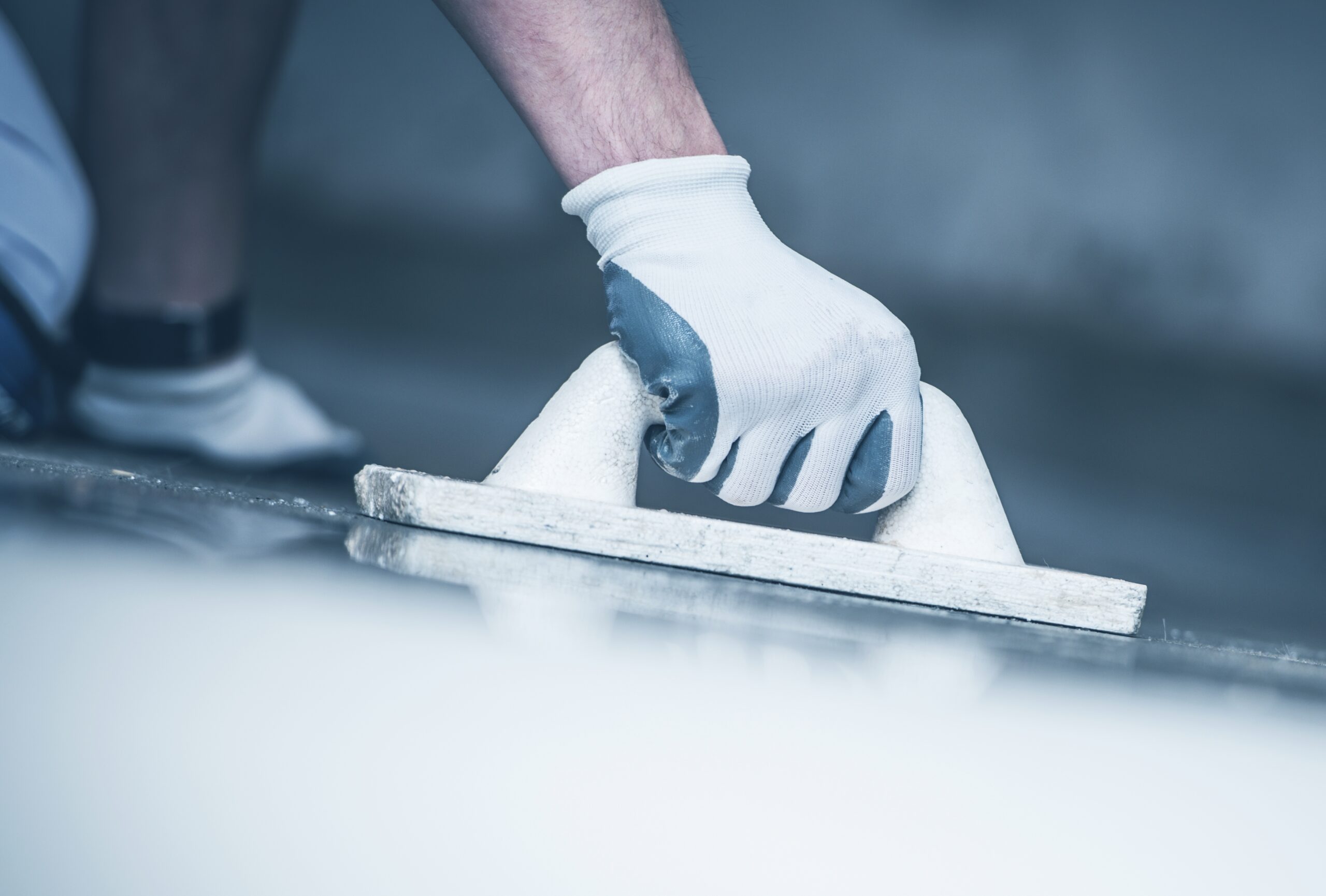Concrete repair is a process that can be used to fix cracks, chips, and other damage to concrete surfaces. In most cases, the damaged surface is cleaned and then a special epoxy is applied to the area. This epoxy will fill in the cracks or chips and will then harden, restoring the surface of the concrete.
In some cases, however, it may be necessary to use a foam repair system. Foam repair systems work by filling in the damaged area with a foam-like substance. This substance will then harden and will restore the surface of the concrete.
There are a few things that you should keep in mind when using a foam repair system:
1) Make sure that you read and follow the instructions on the container. Each foam repair system is slightly different and you need to make sure that you take the proper precautions when applying it.
2) Make sure that the area is completely dry before using a foam repair system. The surface should be free of any moisture, grease, or oil. If there is water in the cracks, then the repaired area may break or chip easily. This can be a problem if there are lots of cracks going through the concrete as there may be moisture seeping from several places at once.
3) Follow all safety precautions listed on your repair kit’s instruction manual. When working with chemicals, it is always a good idea to follow all safety instructions carefully to prevent injury or illness during the application or after your project is completed.
If you are unsure about how to use a repair foam system, or if you have any other questions about concrete repair, please feel free to contact our experts. We would be happy to answer any of your questions and can help you choose the right repair system for your needs. We also offer a wide range of services, so we can handle all of your concrete repair needs. Contact us today to learn more.





Recent Comments